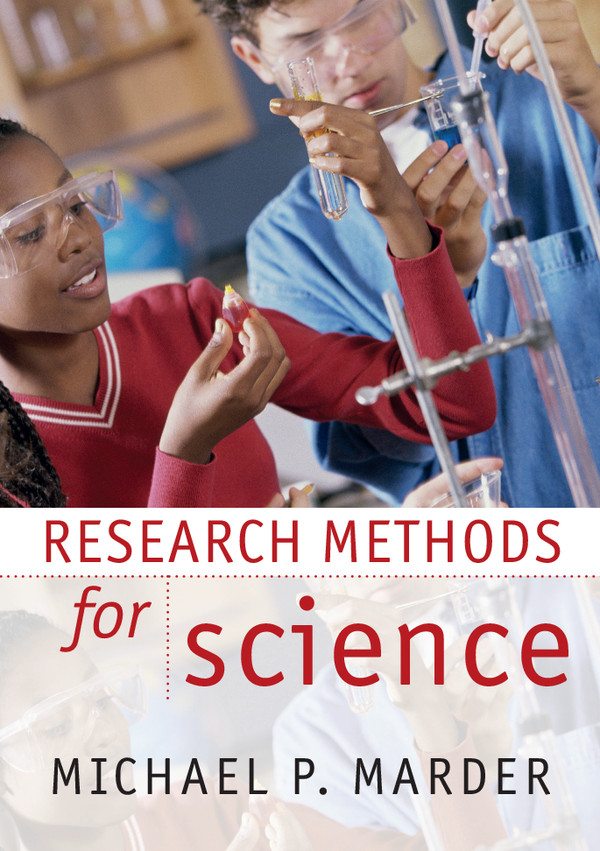Book contents
- Frontmatter
- Contents
- Preface
- 1 Curiosity and research
- 2 Overview of experimental analysis and design
- 3 Statistics
- 4 Mathematical models
- 5 Scientific information
- Appendix A Spreadsheets for basic scientific computation
- Appendix B Extract from Galileo's Two New Sciences
- Appendix C Safety in the laboratory
- Appendix D Grading rubrics
- Index
2 - Overview of experimental analysis and design
Published online by Cambridge University Press: 05 June 2012
- Frontmatter
- Contents
- Preface
- 1 Curiosity and research
- 2 Overview of experimental analysis and design
- 3 Statistics
- 4 Mathematical models
- 5 Scientific information
- Appendix A Spreadsheets for basic scientific computation
- Appendix B Extract from Galileo's Two New Sciences
- Appendix C Safety in the laboratory
- Appendix D Grading rubrics
- Index
Summary
Hypothesis-driven experiments
Null and alternative hypotheses
The basic outlines of hypothesis-driven research were provided in Section 1.3.1, but when setting out to create an experiment to test a hypothesis, there is much more to consider.
Your experiment should have at least one control or independent variable, and at least one response or dependent variable. The independent variable is something you are sure will change during the course of experimental measurements. The dependent variable is what you will measure, although you may not be sure if it will change. Indeed the point of the experiment may be to determine if it does or does not change. In laboratory experiments it is common to call the independent variable a control variable because you decide upon its value and control it. For example, in an experiment concerning the effect of fertilizer doses on size of tomatoes, you control the concentration of fertilizer given to each plant. In observational research, the independent variable may be something you cannot control. For example, you might conduct a study of tomatoes grown outside and investigate whether they grow faster on hot days than on cool days. In this case, nature will bring you the hot and cold days; you cannot control when they will happen, but you can still study their effects. Experiments are usually better when the investigator controls the independent variable, but this is not always possible.
- Type
- Chapter
- Information
- Research Methods for Science , pp. 18 - 50Publisher: Cambridge University PressPrint publication year: 2011



